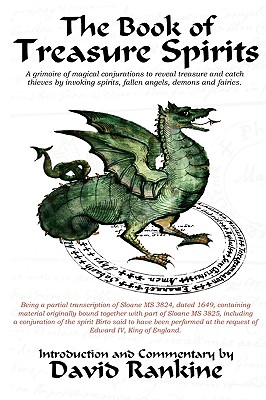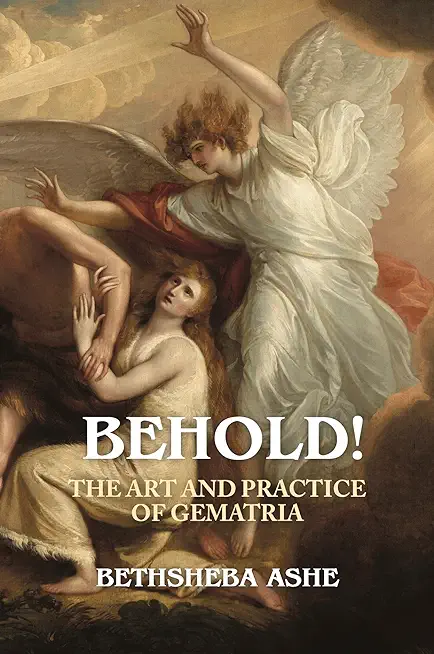
Rankine, David
Published here for the first time, from a long-ignored mid-seventeenth century manuscript in the British Library (Sloane MS 3824), the conjuration is said to have been performed at the request of King Edward IV, with other rites to reveal treasure, to have treasure brought from the sea, and to cause thieves to bring back stolen goods. Conjurations to call any type of spirit are also included, recorded by the noted alchemist and collector Elias Ashmole, as is an extract on conjuration practices from the Heptameron, transcribed into English for practical use by a working group of magicians, before its first English publication by Robert Turner in 1655.
These conjurations demonstrate the influence of earlier classic grimoires and sources, with components drawn from the Goetia, the Heptameron, and Reginald Scot's Discoverie of Witchcraft. The material includes spirit contracts for Agares, Padiel and Vassago, as well as techniques like lead plates for binding, and summoning into a glass of water, which hark back to the defixiones of Hellenistic Greece and the demonic magic of the Biblical world. This material forms part of a corpus of conjurations all written in the same hand and style of evocation, linking Goetic spirits and treasure spirits with the archangels and planetary intelligences (in Sloane MS 3825), and demon kings and Enochian hierarchies (in Sloane MS 3821), making it a unique bridge of style and content between what are often falsely seen as diverse threads of Renaissance magic.







